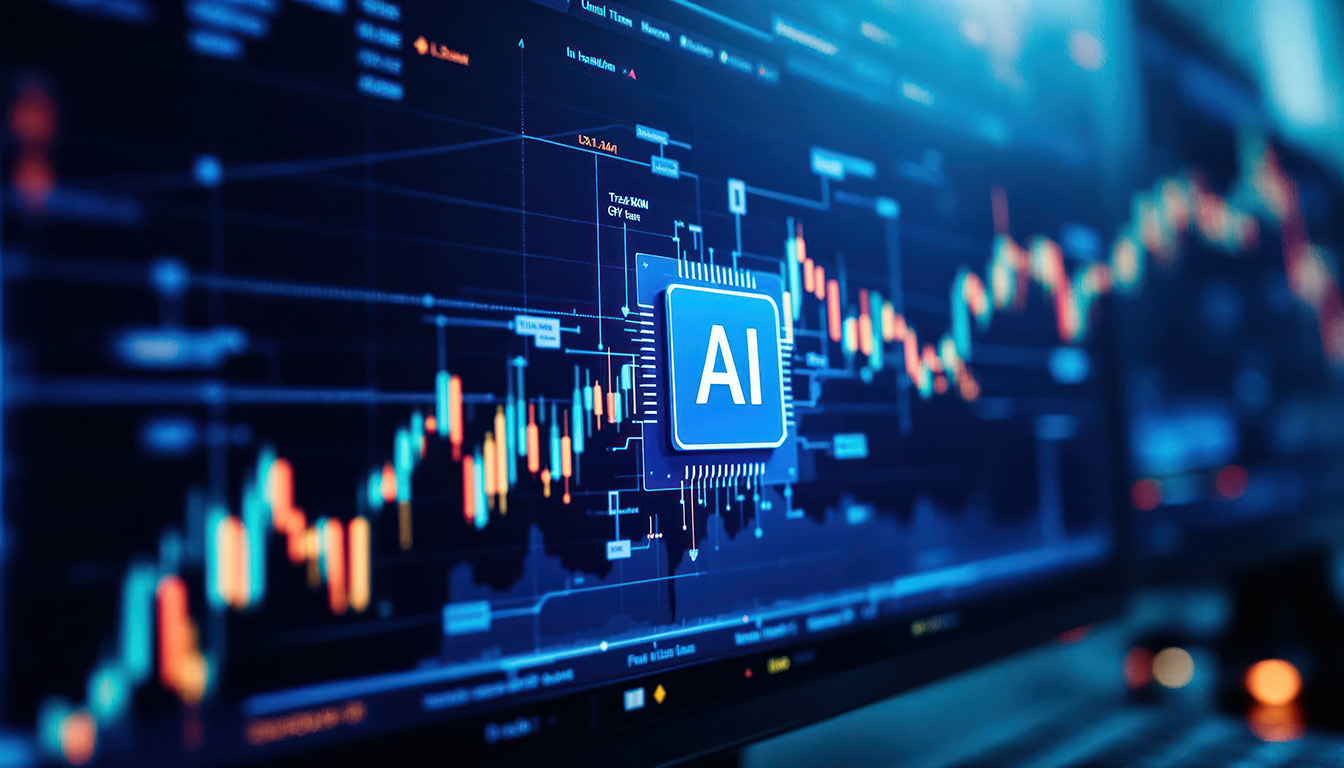Thoughts in Charts: “Not So Personal” Savings
Often when we talk with clients about their personal savings, it feels like an intimate conversation; but the Personal Savings rate from an economic perspective is far from personal.
Personal savings and spending are vital for the broader economy. Optimistic consumers tend to spend more, benefiting businesses, job creation, and wage growth, which, in turn, drives further consumer activity. As a result, they save less.

The chart above presents the percentage of people’s incomes left after they pay taxes and spend on non-discretionary and discretionary items. It’s the amount that they have left to save.
Amid the pandemic, consumer spending plummeted, leading to record-high savings rates throughout much of 2020 and 2021. Government stimulus checks, like those from the CARES Act, and the suspension of student loan payments further bolstered consumer finances.
After the initial stages of the pandemic, wage growth, driven by a strong job market, helped support both spending and savings. Recent reports indicate a 4.6% year-over-year wage growth, happening while the national unemployment rate hovers near historic lows (Source: Bureau of Labor and Statistics).
This period of high savings offered a financial cushion when inflation hit, but, as of July, we see that the savings rate has declined to around 3.5%. At nearly half of the historical average, the Personal Savings rate calls up the questions “Can Americans continue to spend at the rate they have been spending?” If not, what is the impact to the economy?
With many student loan payments resuming in October and with personal savings already on the low end of the historical average, we can see the possibility that discretionary spending will need to decrease, adding a “not so personal” stress on the economy.
For disclosures, please click here.



